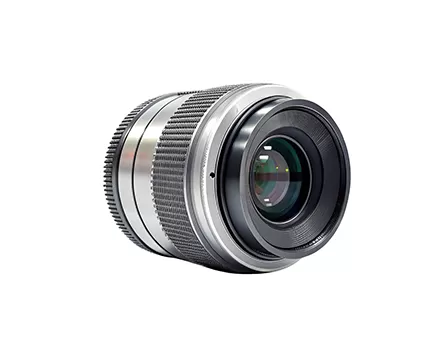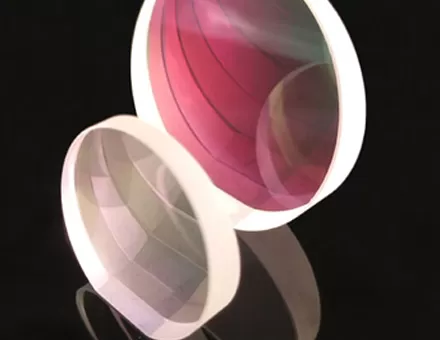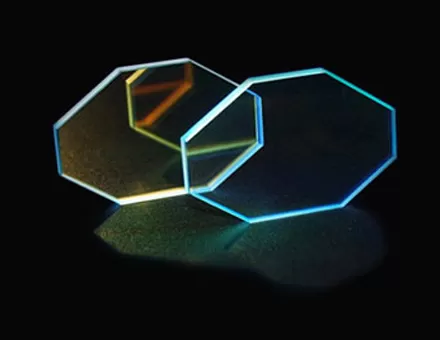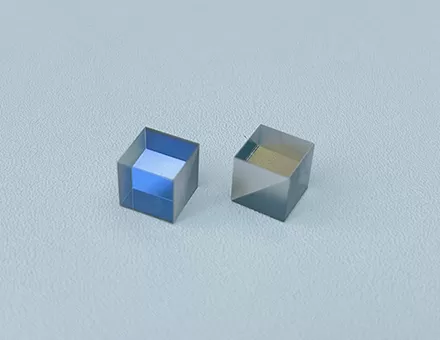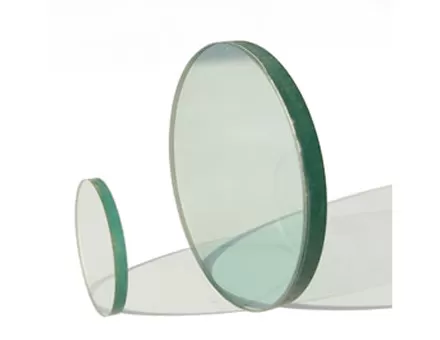Cylindrical lenses stand as indispensable tools for a wide array of applications, ranging from laser diode collimation to anamorphic beam shaping. In this blog post, we will delve into advanced cylindrical lens design strategies that pave the way for high-performance optical systems. Cylindrical lenses have emerged as indispensable tools for various optical applications. However, their design and implementation come with their fair share of challenges. In this blog post, we explore the intricacies of cylindrical lens design challenges and how they can be overcome.
Tailoring Cylindrical Lenses for Specific Applications
The beauty of cylindrical lenses lies in their adaptability to diverse tasks. However, achieving optimal performance demands careful tailoring. For laser applications, the lens curvature, material dispersion, and coating choices must align with the laser's wavelength. Imaging systems, on the other hand, require precision in minimizing aberrations and distortion.
Aspheric Cylindrical Lenses
Aspheric surfaces deviate from traditional spherical curvature, allowing for better correction of aberrations. Aspheric cylindrical lens can significantly enhance optical performance by minimizing spherical aberrations and astigmatism. The use of aspheres enables optical designers to achieve improved image quality and tighter focus along the cylindrical axis. Anamorphic cylindrical lenses find their place in applications requiring tailored beam shaping. These lenses have different magnifications along the two orthogonal axes, enabling transformation of circular beams into elliptical ones or vice versa. Industries like semiconductor manufacturing benefit from anamorphic lenses for their precise laser material processing capabilities.
Advanced Simulation and Modeling
Designing high-performance cylindrical lenses relies heavily on advanced simulation and modeling tools. Computer-aided design (CAD) software allows optical engineers to simulate the behavior of light passing through various lens configurations. This approach empowers designers to optimize parameters such as curvature, thickness, and material to achieve desired optical outcomes. In many cases, multi-lens systems are employed to overcome limitations inherent to single lenses. Combining cylindrical lenses with other optical elements can correct residual aberrations and further fine-tune the optical system's performance. This strategy is particularly effective in complex systems where balancing different optical properties is essential.
The realm of cylindrical lens design is a dynamic landscape where innovation and precision intersect. From aspheric designs that mitigate aberrations to anamorphic lenses that revolutionize beam shaping, the design strategies employed in creating high-performance cylindrical lenses push the boundaries of optical engineering. As technology continues to advance, these strategies will play an instrumental role in shaping the capabilities of optical systems across industries.


















 EN
EN
